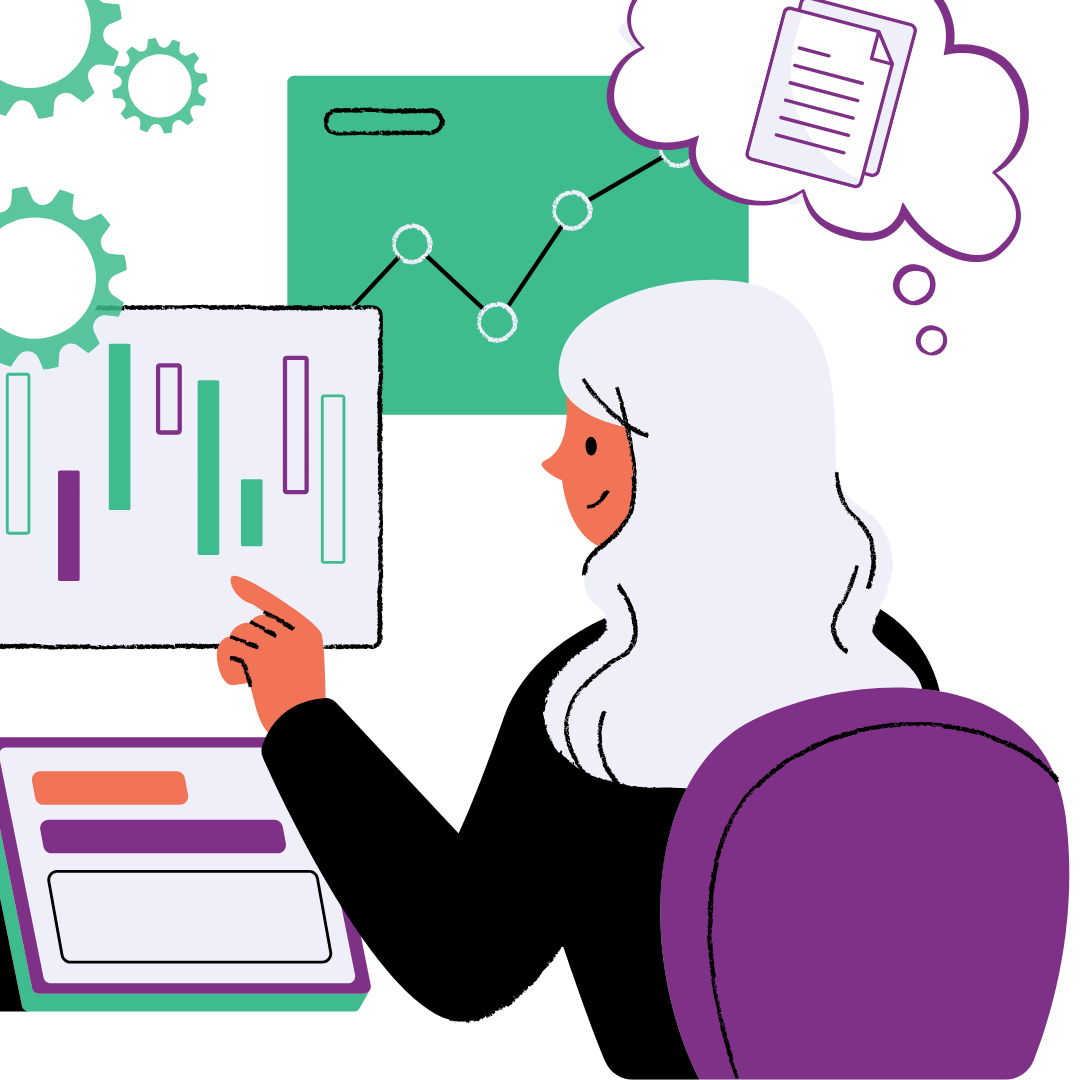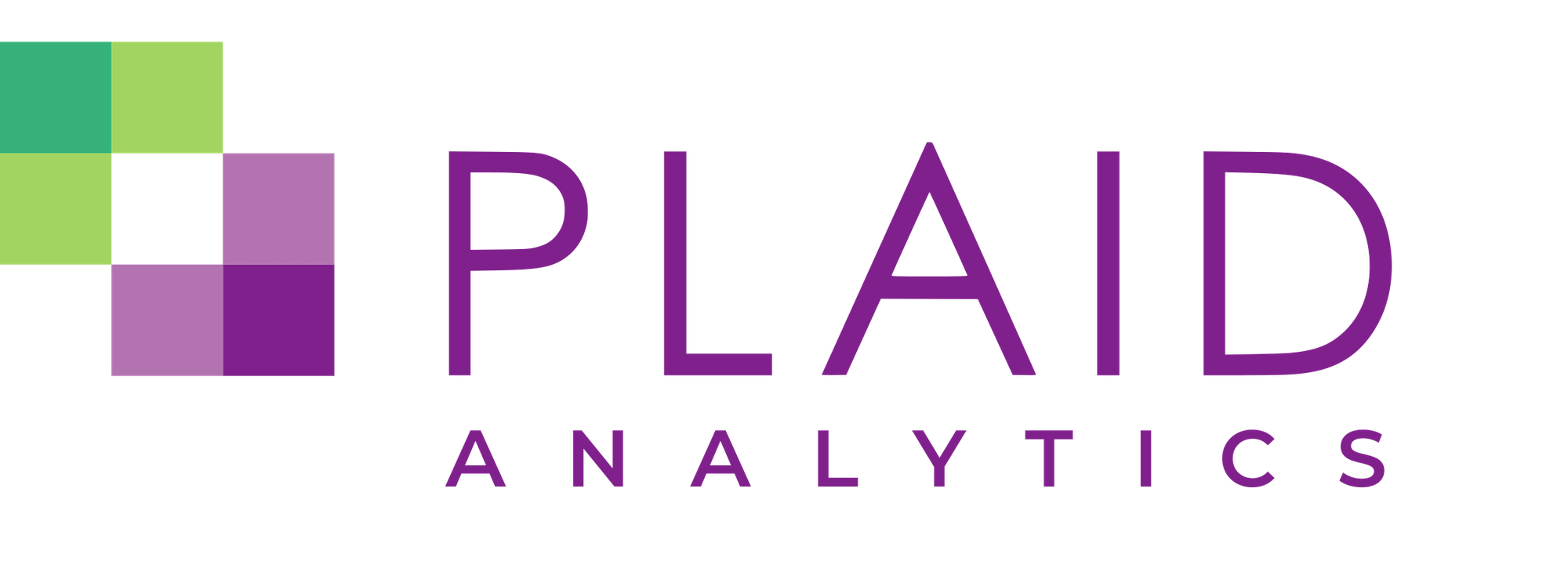Making Reports Memorable: New Research on Statistics and Stories

I grew up surrounded by storytellers. Much of my fascination with data and research analysis I credit to my grandfather—my favourite storyteller. As a child I most looked forward to after dinner during visits, when he would lean back in his captain’s chair, snap his suspenders and say, “Did I tell you about the time…?” Usually, he had. But I loved hearing them anyway.
A new research study, Stories, Statistics, and Memory, (Graeber, Roth, & Zimmerman, 2024) reports that with a one-day delay between the information received by participants and what they were able to correctly recall was significantly different between those given stories and statistics, versus those only given statistics. 71% of observations given only the statistics failed to retrieve relevant information, while only 38% given stories did. Further, with a one-day delay, there was no discernible change in beliefs observed when participants were given only a statistic. This study confirms what my grandfather implicitly knew, and what data analysts need to remember: stories help us remember facts. The fact is my grandfather was a storyteller. The story is that my grandfather’s gossipy, exaggerated, and slightly-different-every-time storytelling captivates me the same way data does. The nuance, the slight shifts over time, the trends—data analysis presented effectively can have plot and drama, even when the trends don’t change.
Analysts can get bored by the idea of refreshing a standard report; repopulating numbers to get a very similar graph as the year before was tedious. But when I started to think about these reports as a genre of literature, and compare what was on my bookshelf or in my Netflix history, I realized I return to effectively the same genre, the same stories over and over again, without getting bored. In higher education, semester or quarterly reports are a genre strategic planners and decision-makers are passionate and eager readers of. Annual accountability reports are a genre that board members, public stakeholders, and funders are passionate for. With this perspective, I shifted my focus to learning how to use the formula of the genre yet still present something interesting. Maybe it’s introducing a new theme, incorporating a survey anecdote, connecting a current event with one from a comparable or competitive institution, or matching the change in current trends to a shift seen in a historical cycle.
Data storytellers shouldn’t shy away from repeating themselves. It’s how people learn and remember important concepts, theories, and facts. Ultimately, story is at the root of how cultural and organizational change happens. The research study looked at how well people remembered something after a gap in time. As expected, we forget. But we forget facts quicker than stories. Story helps us retain impressions, and with repetition, change our beliefs over time.
Data analytics teams should also consider not only how, where, and how often to tell a story, but also who is doing the storytelling. Different analysts bring different perspectives, see different themes, and use different language. This can keep reporting exciting (as much as it can be) and can help reach different audiences. Each writer has their own personal style, language, and experiences to draw from. Some styles may be more accessible to audiences that match their educational, career, or cultural backgrounds, and varying the style in which stories are told not only helps reach new audiences, but also expose readers to other ways of thinking and talking about your students and data. (If you’re interested in this, Craft in the Real World by Matthew Salesses is a valuable, though tangential book on how storytelling approaches vary across cultures).
In my personal life, I’ve been challenged by other writers to look at the content I’m reading and watching – who are the authors and what does this mean for the themes, cultures, and perspectives I encounter? A data storytelling team should ask the same question, not only of the data, but of each other. This can be a strategy to connect with new or underserved audiences in our organizations, improve analysts communication skills, and find new stories to carry the facts into our readers memories.
Data storytellers should also lean into new, and old, medias. Last year I read more books than any other year. Last year I also discovered audiobooks on Libby, a free digital library app. But I still purchase and read paperbacks. I still watch movies, go to plays, and scroll social media. I read the Lord of the Rings books, watched the movies in theatre, laugh at Boromir memes on Instagram, and am watching the Rings of Power series. These are all the same story, similar characters, just different mediums. Data storytellers need to produce dashboards, but also briefing notes, white papers, case studies, and one-page quick facts type documents. And not just digital. Hard copies of fast facts get tacked to office corkboards, get pulled out from the bottom of briefcases in meetings or desk drawers in phone calls. Briefing notes tease a reader into the full-length paper, adding it to the shelf of to-reads, maybe picked up during a down time, or in advance of a planning session on a related topic.
The other advantage of paper publications is you can drop them in the mailbox of your intended reader. Dashboards often require a reader to seek it out, but paper in their hand forces them to decide what to do with it – what priority it has among their other readings, whether it has value to keep, and if so, where to categorize and store it in their personal library. Even this requires at least some engagement with the material—and is why descriptive titles and subtitles matter—can you tell a one sentence story about what the report contains?
But there’s more to consider for media types than just print or digital reproductions. Data storytelling occurs at the URL slug, the hyperlink text, the digital thumbnail or image preview, the document, dashboard, and even worksheet titles. My grandfathers storytelling was captivating not only because of the content, but how he moved his hands, how he leaned in and spoke with a hushed tone during the tense moments, or how his eyebrows would lift and a grin would start to form at the corners of his moustache when he was about to crack a joke. When he really got going, he’d be able to seamlessly move from one story to the next, finding similar characters or events or themes to connect them. This is storytelling mastery, and not easy to accomplish in data storytelling.
Having a reporting or data storytelling strategy can help define where and how certain stories are told, how they connect to each other, how to build or create smooth transitions from one to another, how to tailor the story and medium to your audience, and how to mature your storytelling alongside the maturing data literacy skills of your reader.
I gave a few statistics from the research article at the start of this story, do you remember them? Tomorrow will you remember that my grandfather was a storyteller? Or in a week, will you simply have an impression that storytelling matters for reporting on and sharing data? Which is the real goal of this story?
Through story, organizational memory is built, transformed, and new futures can be planned for. Most stories are not written sentence by sentence, from start to end; they are outlined, revised, adapted, plot points moved around, and characters introduced or let go as its being written. With predictive analytics strategic planners and enrolment managers can proactively craft that story, manage, and prepare for plot twists. Accessible, relevant and up-to-date trend data and statistics will always be imperative to managing the current state of an organization. Tools like Plaid Forecast help build a future that aligns with strategic goals and the story you’re trying to craft; and with its scenario function, it helps you see all the possible ways to get there and stories to be told along the way.
To learn more, watch our webinar on Modernizing Strategic Enrolment Management.
Article:
Graeber, T., Roth, C., & Zimmerman, F. (2024). Stories, Statistics, and Memory. The Quarterly Journal of Economics. https://academic.oup.com/qje/advance-article/doi/10.1093/qje/qjae020/7691253?login=false
